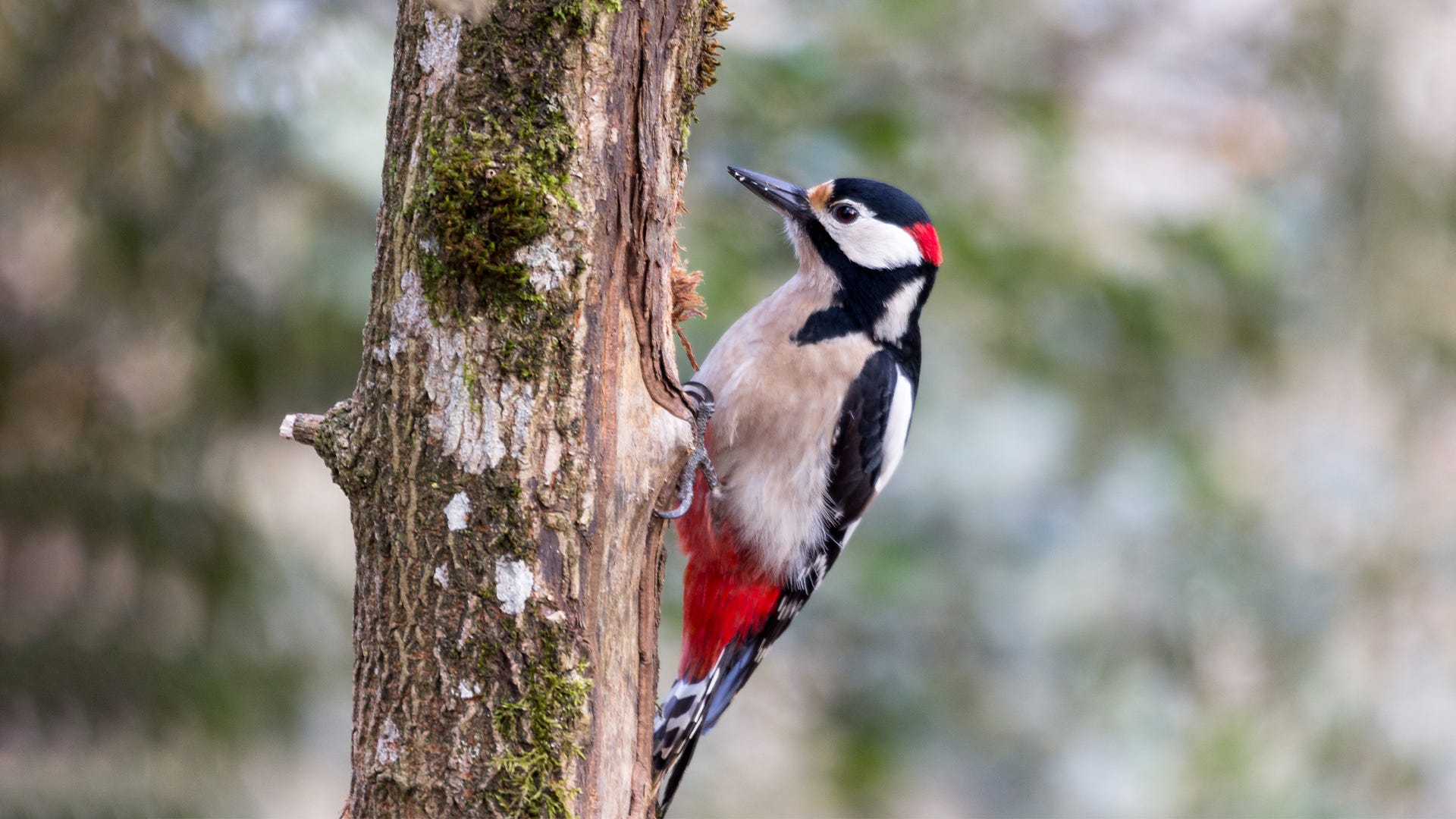Finding Woodpeckers in Florida: Types Diversity and Natural History
Finding Woodpeckers in Florida: Types Diversity and Natural History
Blog Article
Unveiling the Keys of Woodpeckers: Habits, Environment, and Extra
Woodpeckers, with their distinct actions and specialized adaptations, have lengthy captivated scientists and nature fanatics alike. By discovering the mysteries bordering woodpeckers' behavior and environment options, a deeper understanding of these avian marvels emerges, offering a glance right into their fascinating world.
Woodpecker Actions Insights
In analyzing woodpecker behavior, a remarkable screen of specialized skills and adjustments arises, shedding light on their impressive ecological particular niche. Woodpeckers, understood for their distinctive drumming on trees, possess a range of behavior characteristics that contribute to their survival and success in their setting.
Additionally, woodpeckers show an unique feeding behavior identified by their capability to remove pests from tree bark using their specialized beaks. Their long, barbed tongues aid in capturing target, while their solid neck muscle mass supply security and accuracy throughout pecking activities. This feeding technique permits woodpeckers to gain access to covert insect larvae and extract them with remarkable effectiveness.
Environment Preferences and Selection
What aspects influence the habitat preferences and choice of woodpeckers? Woodpeckers are highly adaptable birds known to live in different settings worldwide. Nonetheless, they do show choices for certain habitat characteristics. One vital aspect influencing woodpecker habitat selection is the accessibility of suitable nesting sites. Woodpeckers commonly choose forests with a mix of mature trees that offer adequate possibilities for dental caries excavation. These dental caries act as critical nesting and roosting websites for woodpeckers and are essential for their breeding success.
Additionally, woodpeckers reveal a preference for habitats with a bountiful supply of food resources. They are primarily insectivorous, eating beetles, ants, larvae, and various other bugs located in decaying timber or tree bark. Woodpeckers tend to prefer woody areas with a diverse insect population to meet their nutritional requirements.
Additionally, the presence of dead or worn out trees is one more essential factor in woodpecker environment selection. These trees not just supply food sources yet likewise offer appropriate substrate for dental caries excavation. Dead trees are necessary for the maintenance of healthy and balanced woodpecker populations, as they play an essential function in the woodpeckers' life process and environment dynamics.
Feeding Routines and Diet Make-up
Woodpeckers demonstrate a specialized feeding actions focused on foraging for pests within various environments. Their diet mostly includes bugs such as beetles, ants, caterpillars, and crawlers, which they locate by touching on tree bark and paying attention for the sound of activity inside. Woodpeckers use their strong beaks to pierce into the wood and their lengthy, barbed tongues to extract victim from holes. Along with bugs, woodpeckers additionally consume tree sap, fruits, nuts, and seeds, including selection to their diet depending upon the period and availability of food sources.
The foraging techniques of woodpeckers are well-adapted to their arboreal way of life (Woodpeckers in Florida). Their capability to excavate wood not only offers them with food but also helps in creating nesting cavities and establishing territories. Woodpeckers play an important function in maintaining the health of forests by regulating insect populaces and assisting in the disintegration of timber. Comprehending their feeding practices and diet composition is essential for preservation initiatives focused on protecting these distinct and valuable birds.
Drumming Sounds and Interaction
Using rapid drumming audios on different surfaces, woodpeckers use an unique form of interaction to signal territory borders and draw in mates. This drumming actions is not only a method of communication but additionally serves as a means for woodpeckers to establish their visibility within a specific location. The intensity, rate, and pattern of the drumming can communicate important Related Site details to other woodpeckers around.
Woodpeckers utilize drumming audios to reveal their visibility in an area and to advise off prospective burglars. The loud and repeated nature of the drumming functions as a clear signal to other woodpeckers that the location is already declared. This helps in minimizing conflicts and lessening physical confrontations between people.

Survival Adaptations and Specialized Composition

Conclusion
To conclude, woodpeckers display one-of-a-kind actions, such as drumming noises for communication, and have actually specialized composition for survival in their chosen habitats. Their feeding routines and diet composition better show their adaptability to various atmospheres. By recognizing these aspects of woodpeckers, researchers and preservationists can better protect and maintain these interesting birds and their communities.
Report this page